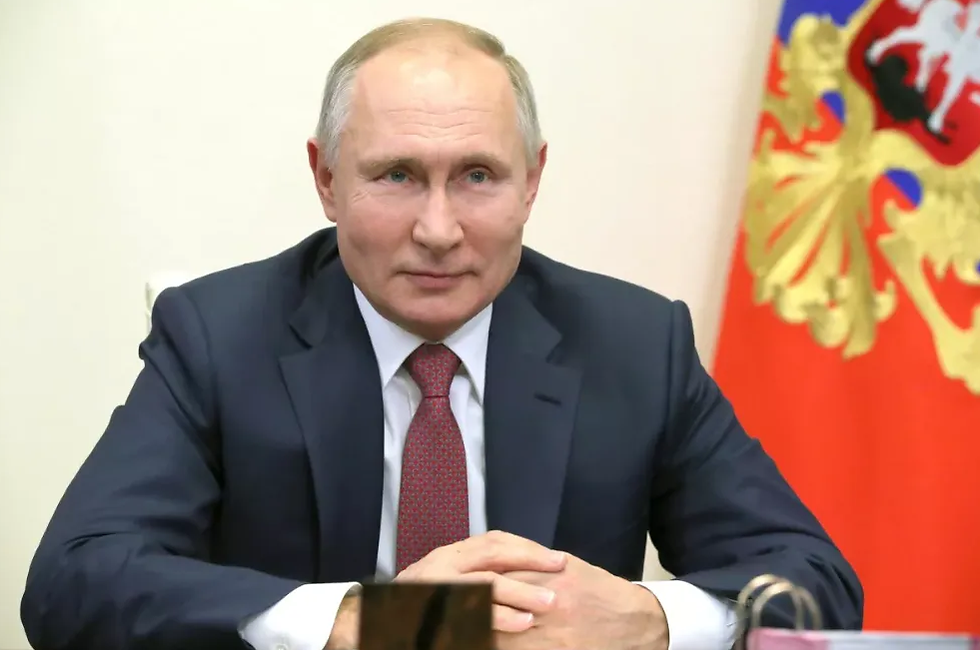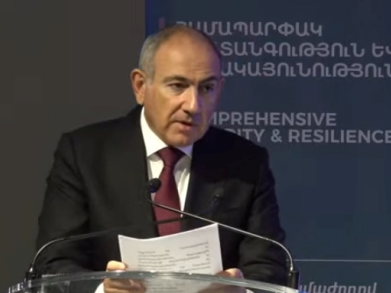The Middle Corridor: A New Artery of Eurasian Trade and a Reshaping of the Geo-economic Landscape
- Times Tengri
- Oct 16
- 5 min read

The Trans-Caspian International Transport Route is evolving from an alternative route into an economic corridor across the Eurasian continent, with geopolitical shifts accelerating its development.
On October 1, 2025, the Organization of Turkic States (OTS) Transport Ministers' Meeting in Almaty placed the "Middle Corridor" at the center of its discussions. This trade route, originating in Turkey, passing through the Caucasus, across the Caspian Sea, and connecting Central Asia to China, is experiencing new development opportunities amidst the restructuring of the global supply chain.
The 8th OTTS Transport Ministers' Meeting was held within the framework of the 7th "New Silk Road" International Transport and Logistics Business Forum. Participants engaged in in-depth discussions on how to build the "Middle Corridor" into a pillar of Eurasian connectivity.
01 Conference Background and the Strategic Positioning of the "Middle Corridor"
The Organization of Turkic States (OTS), established in October 2009, initially comprised Turkey, Azerbaijan, Kazakhstan, and Kyrgyzstan. Subsequently, Uzbekistan and Turkmenistan joined, forming a regional international organization encompassing 160 million people and a combined GDP exceeding $1.3 trillion.
The organization aims to promote multilateral cooperation among Turkic-speaking countries in the political, economic, and cultural fields. The Conference of Transport Ministers, a key cooperation mechanism within the organization, has in recent years focused on the development of the Trans-Caspian International Transport Route, also known as the "Middle Corridor."
The "Middle Corridor" originates in Turkey, passes through Georgia and Azerbaijan, crosses the Caucasus, crosses the Caspian Sea, and traverses Central Asia to reach China. It is distinct from the "Northern Corridor," which passes through Russia, and serves as an alternative route for Eurasian trade.
The member states of the OTS are all located at key nodes along this corridor, making the Almaty meeting of OTS strategically significant for advancing regional connectivity. The choice of Almaty for the conference held significant significance—the city is not only a regional transportation hub but also the birthplace of the "Almaty Process," witnessing numerous key moments in regional cooperation.
02 Geo-economic Value and Evolution
The core advantage of the "Middle Corridor" lies in its dual geographical and economic value. It is approximately 2,000 kilometers shorter than the traditional Northern Corridor, reducing transportation time between China and Europe from 19 days to 12-15 days. Furthermore, it avoids geopolitically sensitive areas, providing a stable trade route option.
After 2022, freight volume along this corridor surged, reaching 3.2 million tons. Data from Kazakhstan Railways shows that transport volume in the first seven months of 2023 increased 86% compared to 2022.
Kazakhstan is a key player in the "Middle Corridor." President Tokayev has proposed making the transportation and logistics industries a cornerstone of economic development, with plans to increase traffic along the Trans-Caspian Trade Route fivefold.
The "Middle Corridor" creates natural synergies with the Belt and Road Initiative. In 2015, Turkey and China signed a Memorandum of Understanding on Docking the Belt and Road Initiative and the Middle Corridor Initiative.
This corridor not only connects China and Europe but also serves regional markets along the route. As Danelia, Business Development Manager for Central Asia and the Caucasus at Maersk, said, "Transportation volumes should focus not only on China and Europe, but also on countries along the transport route."
03 Real Challenges and Overcoming Bottlenecks
The development of the Middle Corridor is constrained by insufficient infrastructure. The European Bank for Reconstruction and Development estimates that overcoming its logistics and infrastructure bottlenecks will require an investment of $19 billion to $21 billion.
These investments will be used to build high-capacity freight terminals, modernize and upgrade existing railway systems, and implement advanced tracking and monitoring technologies.
Regulatory inconsistency is another major obstacle. Differences in customs procedures, technical standards, and operating rules across countries hinder transport efficiency. To address this, Kazakhstan, Azerbaijan, and Georgia have signed a trilateral agreement to establish a joint logistics company with the goal of standardizing tariffs and streamlining cargo regulations.
Security is also a factor that cannot be ignored. The region traversed by the corridor has a history of territorial disputes, such as the Nagorno-Karabakh conflict. Regional stability is a prerequisite for the smooth flow of trade routes, and countries need to strengthen their security frameworks.
The Baku-Tbilisi-Kars railway, which opened in October 2017, is a key component of the Middle Corridor. Its initial capacity is 6.5 million tons of cargo per year, and it is expected to increase to 17 million tons by 2034. Infrastructure projects such as these are key measures to overcome bottlenecks.
04 Strategic Coordination and Great Power Competition within the Organization of Turkic States
The Organization of Turkic States plays a key role in coordinating the positions of its member states. As a regional organization led by Turkey, its member states are located along the Middle Corridor.
Turkey has long advocated for multilateral transport policies and views the Middle Corridor as a crucial component of efforts to revive the ancient Silk Road. Turkish President Erdogan has stated that one of the reasons for the fall of the Ottoman Empire was the economic weakening caused by the abandonment of Silk Road routes.
Russia remains wary of the expansion of the Organization of Turkic States. As the Middle Corridor grows in importance, the traditional northern corridors influenced by Russia are becoming less attractive.
Major global economies, such as the United States and the European Union, are increasingly interested in the Middle Corridor. For the United States, supporting such alternative routes can mitigate Russia's influence in Eurasian trade; for the European Union, it can help diversify supply chains and reduce dependence on Russian routes.
Countries such as Kazakhstan, while pursuing a balanced foreign policy, are actively promoting the Middle Corridor. President Tokayev emphasized the need for constructive and good-neighborly relations with all neighboring countries, including Russia and China.
05 Future Outlook and Regional Economic Integration
The success of the Middle Corridor depends on the coordination of multiple factors. First, it requires large-scale infrastructure investment; second, a stable geopolitical environment; and third, unified regulations and policy coordination.
The Organization of Turkic States has set its "Turkic World Vision 2040," and the Middle Corridor is a key component in achieving this vision. Member states have already signed several agreements, such as the "Protocol on Joint Cooperation" and the Memorandum of Understanding on establishing sister port relations between the ports of Baku, Aktau, and Samsun.
Going forward, digitalization and green technologies will become new focal points in corridor development. Digitalization initiatives at border crossings, harmonization of national regulations, and implementation of training and education programs are key to improving transport efficiency.
As the "China + Central Asia" cooperation mechanism deepens, the Middle Corridor will play a more important role in trade between China and Europe. Currently, only 4% of the approximately 10 million containers shipped from China to Europe are transported by land, leaving the Middle Corridor with significant potential for growth.
With shifting trade dynamics and escalating geopolitical tensions, the Middle Corridor is quietly emerging as a viable alternative route. It is not only a channel for cargo transportation but also an opportunity to reshape the geopolitical and economic landscape of Eurasia.
In the future, as the member states of the Organization of Turkic States further deepen their cooperation in infrastructure, policy coordination, and security, this "Iron Silk Road" is expected to become a solid pillar of economic and trade ties between Eurasia and redefine the regional economic geography.







Comments